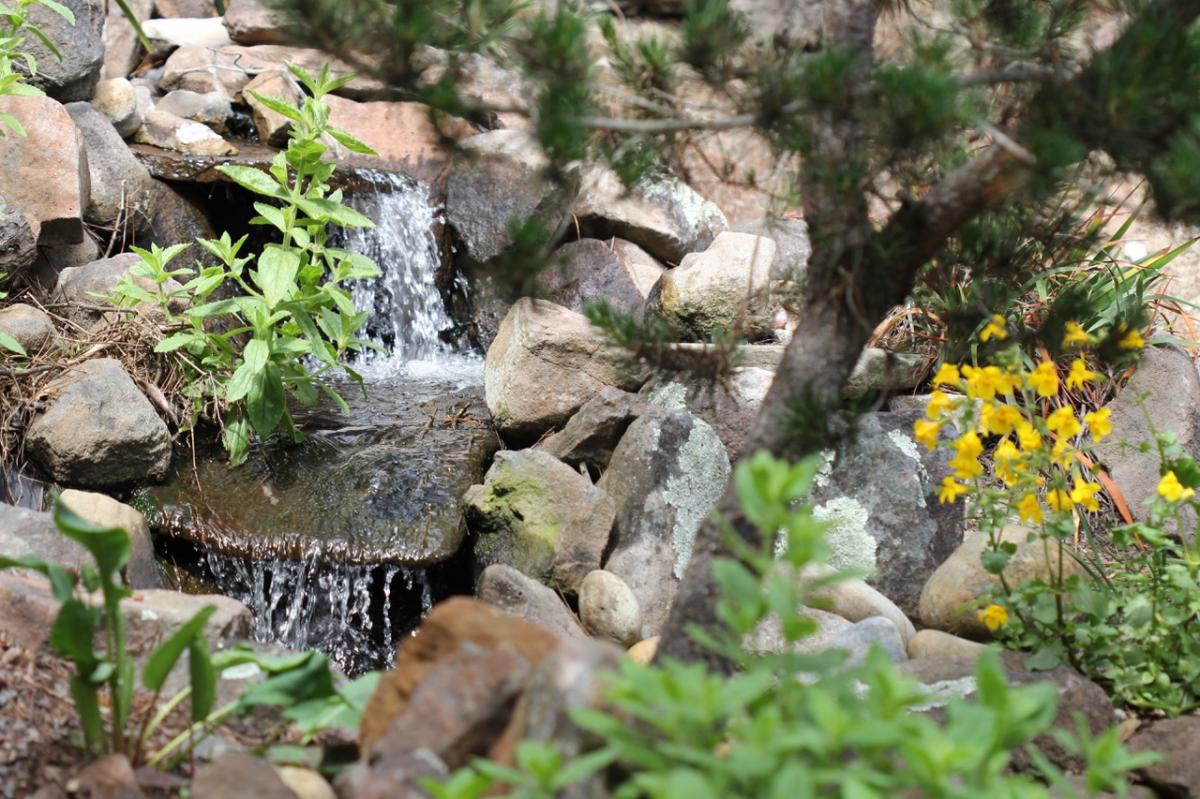Stormwater and Pollution

As Contra Costa residents, we live in an environment surrounded by beautiful creeks, rivers, the Delta and the Bay – each important to our everyday life. It’s up to us to make sure we keep our water clean and healthy today and in the future.
What is Stormwater?
Stormwater runoff is part of a natural hydrologic process. Human activities particularly urbanization and agriculture, can alter natural drainage patterns and add pollutants to rivers, lakes, and streams as well as coastal bays, estuaries, and ultimately, the ocean. Numerous studies have shown urban runoff to be a significant source of water pollution, causing declines in fisheries, restricting swimming, and limiting our ability to enjoy many of the other benefits that water resources provide (USEPA, 1992). Urban runoff in this context includes all flows discharged from urban land uses into stormwater conveyance systems and receiving waters and includes both dry weather non-stormwater sources (e.g., runoff from landscape irrigation, water line and hydrant flushing) and wet weather stormwater runoff. Urban runoff and stormwater runoff are used interchangeably.
Preventing Stormwater Pollution
For many years the effort to control the discharge of stormwater focused mainly on the quantity (e.g. drainage, flood control) and, less, on the quality of the stormwater (e.g. sediment and erosion control). In recent years, however, awareness of the need to improve water quality has increased. With this awareness, federal, state and local programs have been established to reduce pollutants contained in stormwater discharges to our waterways. These programs promote the concept and the practice of preventing pollution at the source, before it can cause environmental problems (USEPA, 1992). Where further controls are needed, treatment of polluted runoff may be required.

